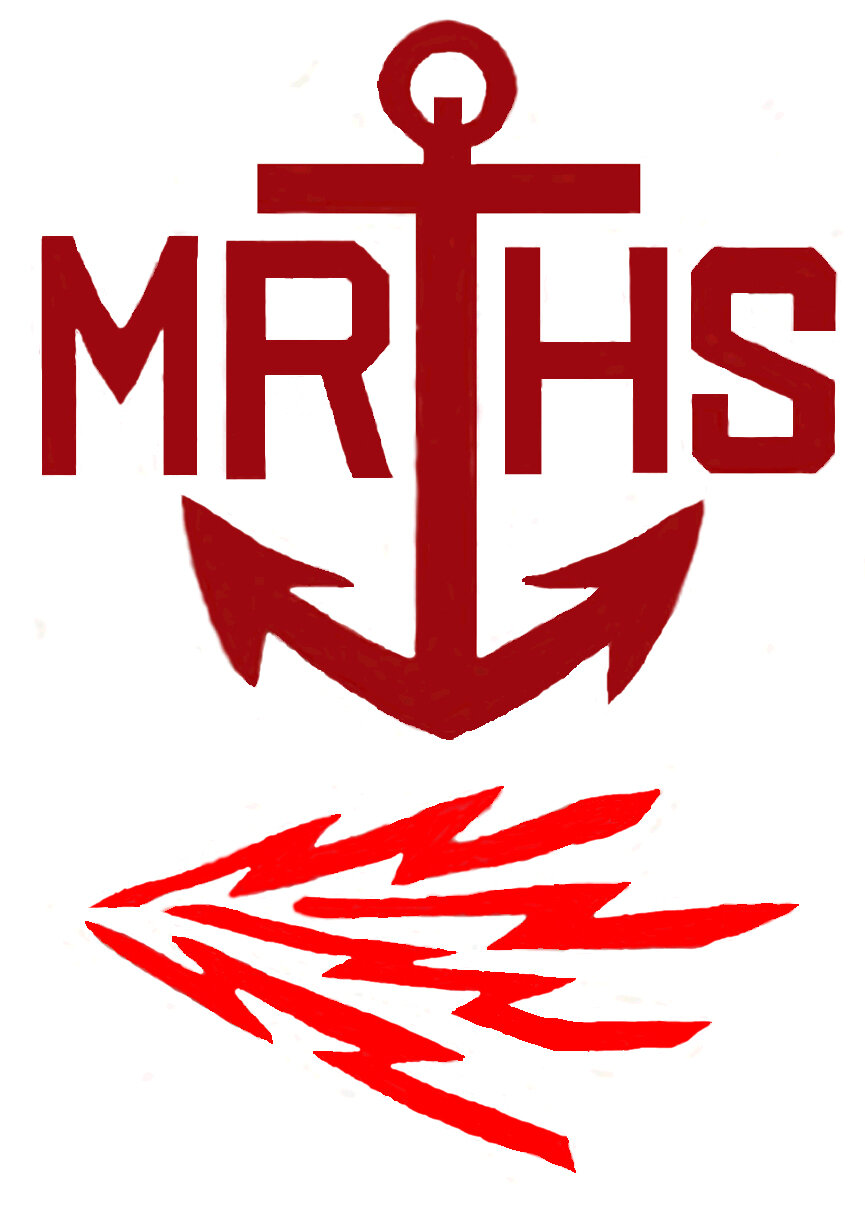Are There Any Real Radiomen in the House?
U.S. NAVY CODE STORY
or
Are There Any Real Radiomen in the House?
Paul H. Bock, Jr. K4MSG
ETCM, USNR-RET
Background
Around 1967, the U.S. Navy announced that it would no longer require candidates seeking promotion to Radioman (RM) 2nd Class (E-5) to pass a code test. Not surprisingly the response was mixed, with older Radiomen decrying this change in the promotion requirements while younger RMs were jubilant, seeing the code requirement as archaic amid the use of narrow-band, multitone radioteletype and the just-emerging technology of shipboard satellite communications.
There were also those who expressed concern about the time when code might be needed and no one would know how to use it. Thankfully I know of no disasters caused by the demise of the code as an operational tool, but I did have one personal experience that is interesting enough to share.
The Story
In 1969 I was assigned to the U.S. Naval Communications Station (NAVCOMMSTA), located at Sidi Yahia, Morocco. I had recently been promoted from Chief Electronics Technician (E-7) to a temporary appointment as Warrant Officer (W-1) and was assigned as the officer-in-charge of the Receiver Site located about a mile from the main communications complex Terminal Building. Our job was to keep radio receivers tuned to high-frequency (HF) communications channels as directed by Facilities Control (or FACON, in the aforesaid Terminal Building) so as to maintain encrypted radioteletype (RATT) communications with the U.S., other NAVCOMMSTAs, and the ships of the U.S. 6th Fleet. In addition to banks of receivers and acres of rhombic antennas we also maintained several Local Operator Positions (LOPs) for “emergency at sea” radiotelegraph (CW) communications on the International Distress Frequency of 500 kHz, each position being equipped with a medium-frequency (MF) receiver and a telegraph key. The key could be connected by remote wire to the transmitter site at the Naval Radio Station (T), Bouknadel, Morocco, 20 miles away.
My staff consisted of a Chief Electronics Technician (E-7) and a maintenance crew of ETs, and a Chief Radioman (E-7) with a rotating watch staff of radiomen. The Chief Radioman, RMC Decker, had been in the Navy for around 15 years so he had “grown up” in the Morse Code era as a Navy Radioman.
One morning about 0900 I received a telephone call from my LCDR boss at the Terminal Building who informed me that there was a commercial freighter believed to be located off the coast of Morocco that might have a bomb hidden on board. The ship’s owners had been unable to contact the vessel by radio and NAVCOMMSTA Morocco was being asked to use the 500 kHz International Distress Frequency to send an International Morse Code message prefaced by the Urgency Signal, XXX, “in the blind” (i.e., without knowing if it was being received) during the 3-minute “quiet times” at 15 minutes before and 15 minutes past each hour. My boss wanted us to run this operation from an MF LOP at the Receiver Site.
I explained the situation to Chief Decker and he set about the task at hand. After a few minutes he came in and said that we had a problem because none of our younger RMs had been taught code in “A” school and the older ones hadn’t used it in years. A quick check of the off-watch sections (at least, those we could locate) and the personnel at FACON revealed that we had a definite “operator problem.”
“Well, I know the code,” said Chief Decker.
“So do I,” I replied. “Let’s set up the LOP and do it ourselves.”
Chief Decker grinned broadly and we went out gleefully to tackle our new assignment. With the LOP receiver set to 500 kHz and the telegraph key connected to a medium-power transmitter at Bouknadel, the Chief and I took turns sending a repeated message (with 10-second pauses to listen for a reply) for a three-minute interval twice every hour. I don’t recall the merchant ship’s call sign or the exact format of the message but the following is representative. CNL was NAVCOMMSTA Morocco’s callsign:
XXX XXX XXX KABC KABC KABC DE CNL CNL CNL BT SUSPECTED BOMB ON BOARD CONTACT OFFICE ASAP BT XXX KABC DE CNL AR K
We sent the message at about 15 words per minute while the RMs on watch observed us with a mixture of curiosity and perhaps a little envy; it was a history lesson in how Naval communications “used to be.” We continued throughout the morning and into the early afternoon, taking turns going for lunch or coffee, with one of us monitoring the 500 kHz distress frequency continually between transmissions although we never received a response from the ship. By early afternoon we had begun discussing how we would set up a two-man watch schedule to continue our vigil into the evening when I got a call from FACON notifying me that we could stop the transmissions because the problem “had been resolved.”
We were never notified whether or not the merchant ship had ever heard us calling.
Postscript: About eight months later the operating spaces at the Receiver Site were reconfigured to incorporate additional cryptologic RATT circuits of high interest. The CW LOPs were removed and never replaced.
